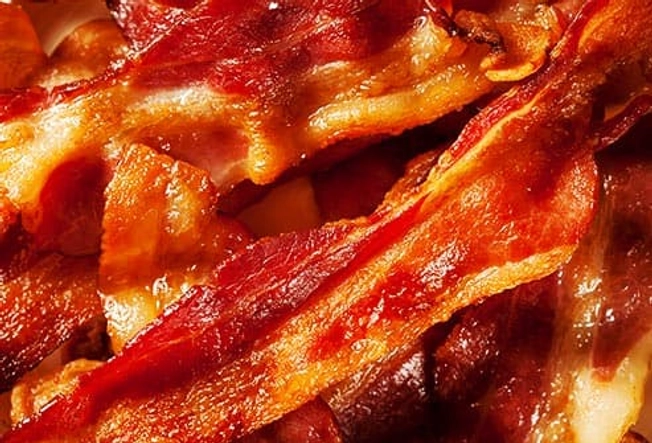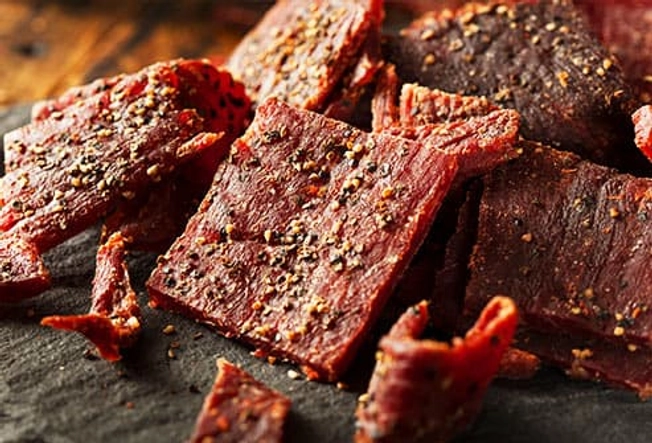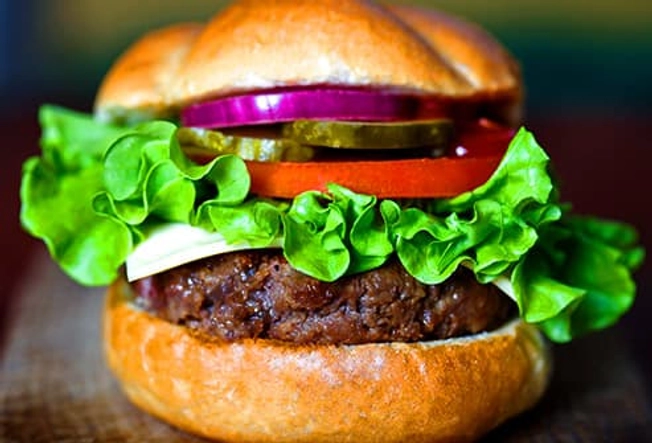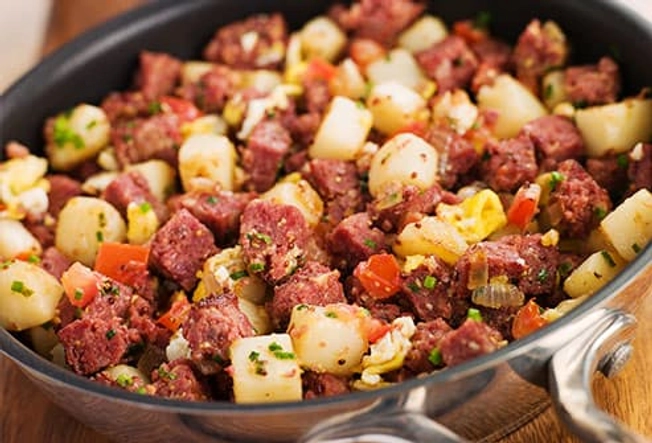What You Should Know About Processed Meat


What Is Processed Meat?
There’s no clear definition -- it’s more of a description -- but if you smoke it, salt it, cure it, or add preservatives to it, it’s probably processed. Limit how much processed meat you eat to reduce salt, fat, and preservatives in your diet.

Bacon
The fat in bacon is no secret -- it splatters away right there in the pan when you cook it. But not all bacon is the same. Look for brands lower in salt and nitrates -- some use none at all -- and go with leaner cuts.

Cold Cuts
Hunks of beef, ham, and turkey are preserved with various amounts of salt, seasonings, sugar, and sometimes chemicals, and sliced for sandwiches or snacks. Check the ingredients -- some cold cuts may not be as bad for you as others.

Hot Dogs
These processed tubes of meat are a staple at baseball games and neighborhood cookouts. Some brands use more ... er ... parts of the animal than others, but most of them are still loaded with salt, saturated fat, and nitrates.

Fast Food Chicken Nuggets
They’re easy to pop in your mouth, but they’re processed. There’s chicken meat in them, along with bones, blood vessels, nerves, connective tissue, fat, and skin (although Chick-fil-A says its nuggets are made of boneless chicken breast) . If you buy your own chicken and bake it in bite-size chunks, you can leave out the stuff you’d rather not think about, let alone eat.

Beef Jerky
It’s the perfect traveling meat snack: dried, salted meat you can put in your pocket. Quality makes a difference here: Cheaper, mass-produced beef jerky can have added sugar along with the fat and salt. But high-quality beef jerky is still processed meat, so don’t overdo it.

Pepperoni
It’s a favorite topping for pizza, but it’s part of a family of processed meats -- fermented sausages -- that have all the usual suspects: salt, fat, calories, sugar, and preservatives. To ferment a sausage, you let the raw meat cure in its casing, which gives it that tangy flavor and chewy texture.

Breakfast Sausage
If it comes in a package, glistens like it’s been dropped in a vat of oil, and tastes like a salt lick, it’s probably not that good for you. It sure looks tasty next to those eggs, though. If you’ve gotta have it, check the ingredients for lower amounts of salt and preservatives. You also can try turkey, chicken, or even vegetarian sausage for less fatty alternatives.

Pancetta
This is pork belly that’s been preserved with salt. Unlike bacon, it’s not smoked as part of the curing process, and that’s a plus because smoked meat has been linked to some kinds of cancer. It’s found mostly at specialty delis and usually has fewer preservatives. But it’s still full of fat, calories, and, of course, salt, so make it a rare treat.

Fast Food Hamburgers
The ground beef fast food restaurants use in their hamburgers often has growth hormones and antibiotics to go along with all the salt, fat, and preservatives. It’s a better idea to make your burgers at home with good quality lean beef or ground turkey.

Deviled Ham
You can make it in a food processor at home -- with some cooked ham, mustard, mayo, hot sauce, and onions. That’s better for you than the stuff that comes in cans at the supermarket. It often has too much salt and preservatives like sodium nitrate -- a chemical that in larger quantities may make you more likely to have heart disease or diabetes.

Vienna Sausages
It may be different in Austria, but in America, these are tiny sausages in a can. They’re made from “mechanically separated chicken” -- meaning the bones are taken out with a machine, and all the rest of the animal is used -- along with small amounts of pork or beef. It’s all ground to a fine paste and cooked in little hot dog casings, ready to eat when you pop the top.

Canned Corned Beef Hash
Fry some chopped corned beef (typically brisket that's been salted and cured) with some onions and potatoes, and you’ve got corned beef hash. Put it in a can and you have an inexpensive meat product loaded with fat, preservatives, and salt. For a healthier take, make your own version with turkey pastrami.